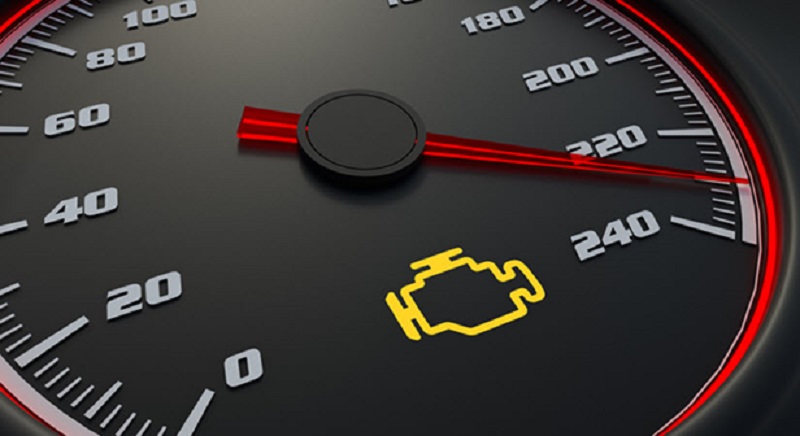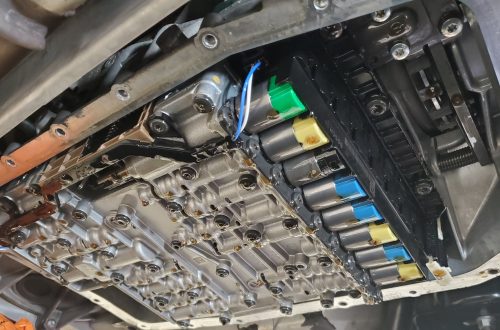Safety depends largely on proper brake functioning in every automobile. When brake components fail to function properly it becomes impossible to stop and regulate vehicle movements. Many automobile operators fail to recognize initial braking system indications until the situation turns dangerous or serious. Staying alert to these problematic indicators will assist in avoiding dangerous situations alongside expensive maintenance expenses.
The check engine light may illuminate for reasons beyond engine malfunction. Many current vehicles utilize this warning light to signal both general engine problems and potential braking system faults based on peculiar operational experiences during driving. To maintain safety during driving one must always prioritize these essential warning notifications and schedule a Salem check engine light if necessary.
Audible Warnings You Shouldn’t Ignore
When your vehicle starts emitting unusual sounds during braking, it usually needs an inspection. Pay attention to:
· Squeaking or squealing sounds
Your brake pad reaches its operation limit and requires replacement when this sound appears.
· Grinding noises
The noise indicates brake pads have reached complete wear and metal components are contacting each other.
· Clicking sounds
These noises indicate that either brake components are loose or parts inside the braking system have been damaged.
Do not disregard brake-related sounds because these indications point directly to braking system faults.
Physical Signs of Brake Trouble
Other than strange sounds, your vehicle might produce physical indicators along with performance changes that signal possible brake problems:
· Spongy or soft brake pedal
Unusual softness or complete floor-level position of your brake pedal may indicate either air buildup in brake lines or fluid leakage.
· Vibration during braking
Your vehicle indicates brake rotor warping through vibration sensations that affect both your brake pedal and steering wheel during braking operation.
· Car pulling to one side
An unexpected brake condition stems from either stuck calipers or the abnormal wearing of brake pads.
Such brake indicators result in reduced control of the vehicle therefore they need immediate inspection.
Visual Indicators of Brake Problems
Regular car inspections enable you to discover problems while they remain at an early stage. Here are some visual signs:
· Brake fluid leaks
Brake fluid appears as a clear or brown-colored substance that you may notice beneath your vehicle. When system leaks occur it decreases braking effectiveness.
· Worn brake pads
Brake pad replacement becomes necessary whenever these components diminish to less than a quarter-inch of the remaining material.
· Corroded or damaged rotors
Any damage that appears on the surface of the brakes impacts their ability to stop the vehicle effectively.
When to Seek Professional Help
Contact a mechanic for a brake inspection if any of these symptoms emerge. Getting prompt service enables you to stop problems from worsening. Those in need of brake repair service near Salem should not delay. Professionals in this field detect and resolve defects before they turn into more advanced problems.
The Risks of Ignoring Brake Trouble
The consequences of overlooking brake maintenance include:
- Increased stopping distance
- Total brake failure
- Higher repair costs
- Safety risks to you and others
Every vehicle relies on its brakes for absolute safety. It is better to act before the brakes fail.
Final Thoughts
You must give attention to your brake system and perform needed actions at proper times. Your driving safety depends on instant responses to all strange noises, soft pedals, and check engine light flash-ups. Being proactive ensures safety during operation and maintains the peak performance of your vehicle.






